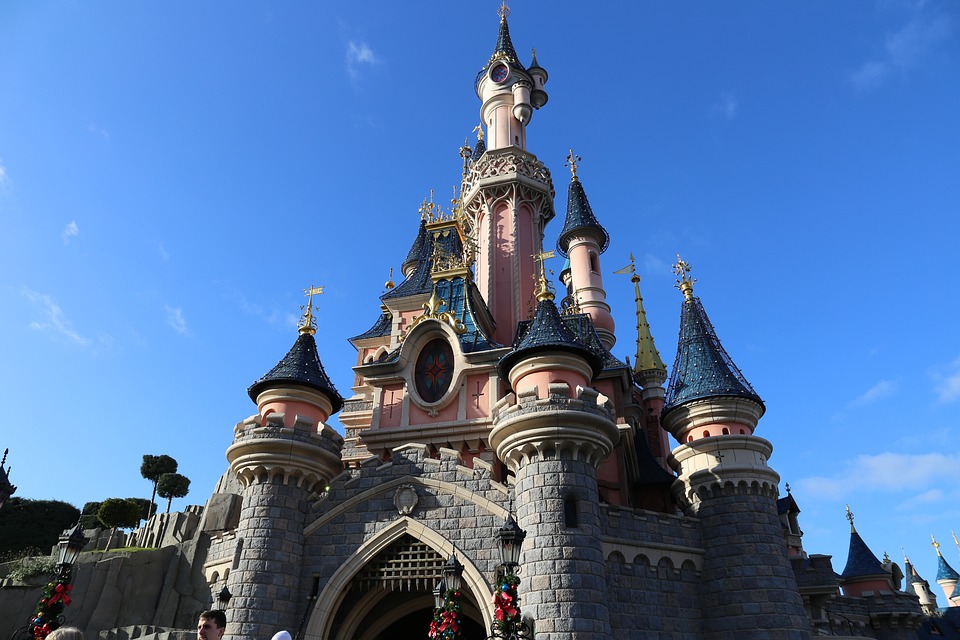Celebrating French Elegance: Vanity Fair’s Curation of Modern Art
Introduction
Vanity Fair, renowned for its sophisticated portrayal of culture, fashion, and style, recently hosted an exclusive exhibition that celebrated the elegance of French art. This curation of modern art showcased a stunning collection of works, highlighting the rich cultural heritage and refined aesthetics of France. In this article, we explore the significance of Vanity Fair’s celebration of French elegance and examine the remarkable influence of French art on the global stage.
The Power of French Art
French art has long been revered for its unrivaled elegance and ability to transcend boundaries. From the Impressionist movement in the 19th century, spearheaded by Claude Monet, Pierre-Auguste Renoir, and Edgar Degas, to the revolutionary contributions of Henri Matisse and Pablo Picasso in the 20th century, French artists have continuously pushed creative boundaries and set new artistic standards.
French art embodies an amalgamation of various styles, showcasing the innate ability to seamlessly blend classicism, romanticism, and modernism. Painters like Édouard Manet and Paul Cézanne embraced the use of light and color, creating breathtaking masterpieces that captured the essence of French daily life. The work of these artists became a cornerstone for modern art, inspiring generations of painters worldwide.
Vanity Fair’s Curation: A Tribute to French Elegance
In collaboration with prominent art collectors and galleries, Vanity Fair curated an exhibition that harmoniously brought together iconic French masterpieces from different periods. This celebration of French elegance aimed to capture the quintessence of French art and showcase its profound influence on contemporary aesthetics.
The exhibition showcased artworks by modern French artists such as Henri Matisse, Marc Chagall, and Pierre Bonnard, as well as classics like Renoir’s “Bal du Moulin de la Galette” and Monet’s “Water Lilies.” These stunning pieces represented a perfect blend of historical significance and contemporary relevance, allowing visitors to experience the timeless elegance of French art in a modern context.
The Cultural Impact
Vanity Fair’s captivating curation of French art not only celebrates the aesthetics and cultural legacy of France but also highlights the ongoing influence of French art on the global art scene. French elegance has had a profound impact on the way art is perceived and created, shaping contemporary artistic trends across the world.
French art’s enduring influence is demonstrated by the numerous art movements that have originated or been greatly influenced by French artists. The Cubist movement, led by French artist Georges Braque and Pablo Picasso, revolutionized the way artists approached form and representation. Artists worldwide continue to draw inspiration from the techniques and philosophies developed during this period.
FAQs
Q: Where was Vanity Fair’s exhibition held?
A: The exhibition was held at a prestigious art gallery in the heart of Paris, France.
Q: Is French art limited to paintings?
A: No, French art encompasses a wide range of mediums and forms, including sculpture, photography, fashion, and architecture.
Q: Can anyone attend Vanity Fair’s curated exhibitions?
A: Vanity Fair’s exhibitions are often exclusive events, typically inviting collectors, influencers, and art enthusiasts. However, some exhibitions may be open to the public, depending on the venue and exhibition arrangements.
Q: What other countries have been influenced by French art?
A: French art has had a significant influence on various countries, including the United States, Italy, Russia, and Japan, among many others. Its impact can be seen in the works of artists worldwide.
Q: Will there be future exhibitions showcasing French art?
A: Given the enduring influence and significance of French art, it is highly likely that Vanity Fair and other renowned institutions will continue to curate exhibitions celebrating the elegance and magnificence of French art in the future. It is an artistic tradition worth continuing and preserving.


